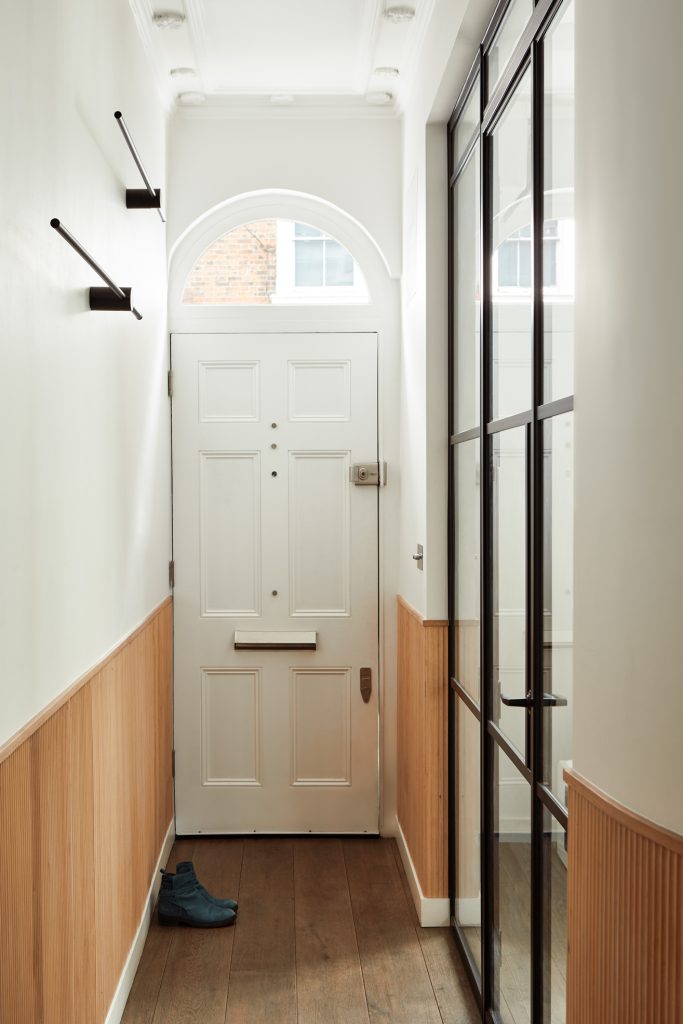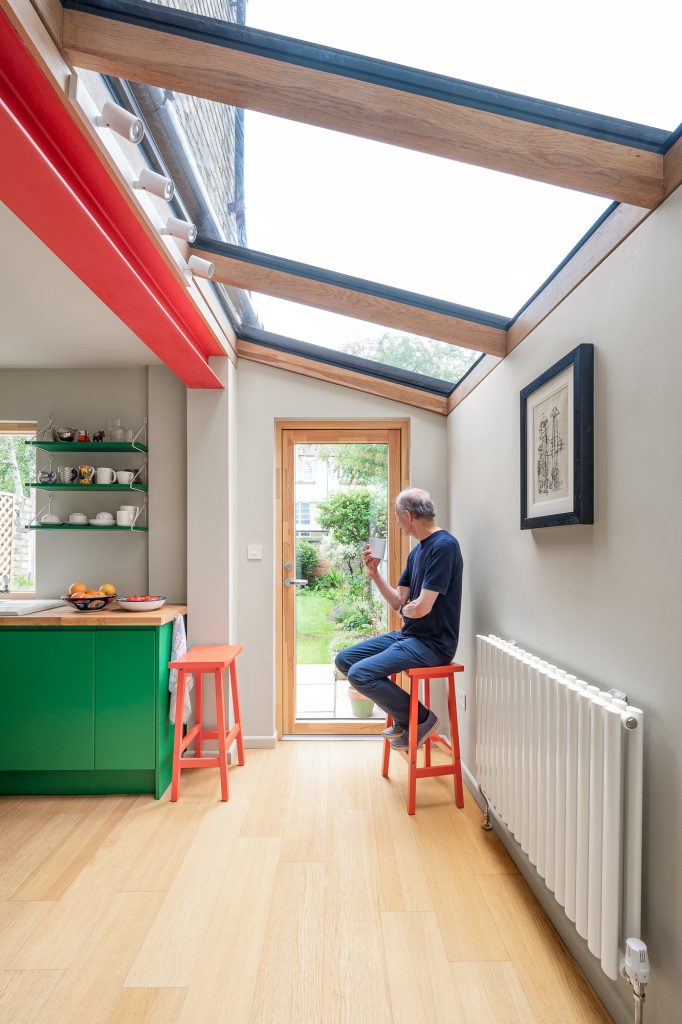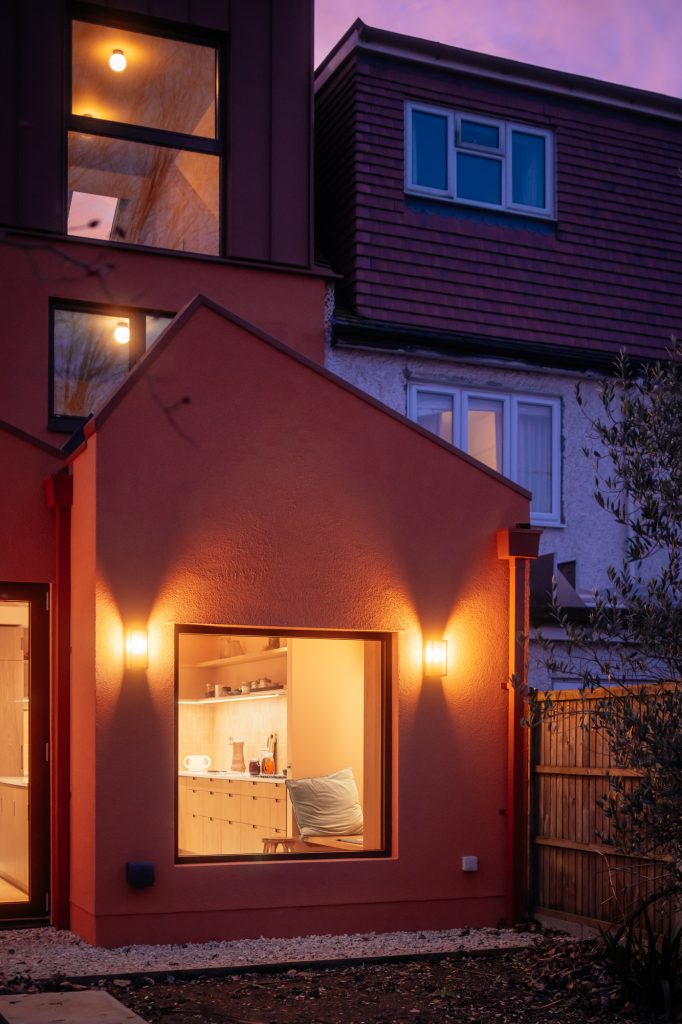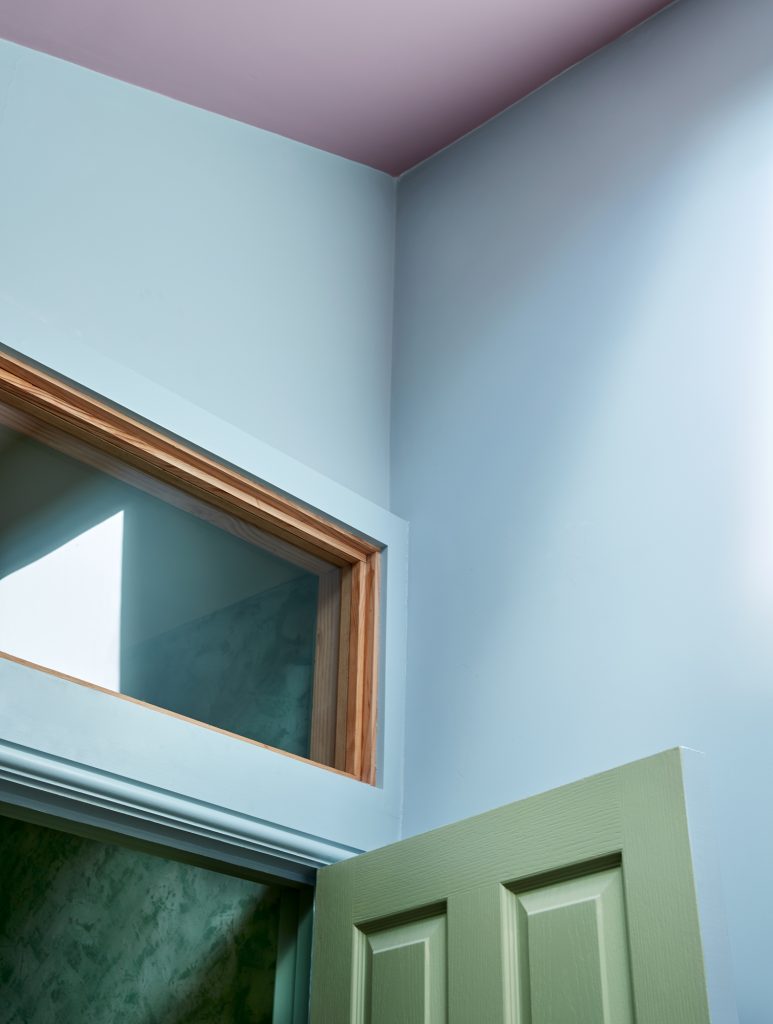Embracing Daylight
< Back to InsightsThe summer solstice is the longest day in the northern hemisphere. We all know the euphoric feeling of sunshine after the rain, a bright day after many grey ones, or the joy of catching the early spring sunrise. Light is an important factor in our mental health. In northern countries, where the summer solstice is widely celebrated as a cultural event, it is commonly recognised that the lack of sunlight in the winter can lead to depression, tiredness and vitamin D deficiency. As designers it is our role to make healthy homes that use natural daylight to support our circadian rhythms.
Why is daylight so important for human health?
Exposure to natural light helps us align with our circadian rhythms. This internal clock controls physiological functions around a daily cycle, influencing our energy levels, metabolism and routine. More than boosting our mood and energy levels exposure to daylight also affects complex systems like our digestion and hormonal activity. It also regulates our sleep and wake cycles, which in turn aids brain function. Rest is one of the five pillars of ‘brain plasticity’ according to Neuroscientist Dr Tara Swart. Getting enough sleep, and enough good quality sleep, is essential in order to function properly. Having a consistent routine, where you go to bed and wake up at the same time also brings benefits.
Humans spend 90% of their time indoors. When daylight is integral to our wellbeing – our response as architects is to create environments where humans thrive, and consideration of daylight is crucial.
Daylighting our homes
Making our homes light, is more than an aesthetic decision, it supports health and wellbeing – to the extent that seasonal affective disorder can be cured with light therapy.
To bring light into our homes we need windows. However, a fully glazed facade brings additional problems of overheating and glare. At Collective Works we try to avoid the fully glazed facade. Instead, we find selective and framed views as effective as wall to wall glazing, taking into consideration the movement of the sun throughout the year as well as the diurnal cycle.

In newbuilds, we orient the rooms and layouts to carefully capture the right amount of light throughout the day. We can focus on critical views or create overhangs to avoid overheating. Where bedrooms face east they can welcome the morning sun. Workspaces and areas for creativity can be oriented to allow them to be filled by beautiful, shadowless northern light.

In retrofitting homes, we find that bringing more daylight into dark and gloomy rooms is often an important part of the brief. Where we are extending as well as renovating, then carefully placed roof lights in loft conversions or kitchen extensions allow light to flow in from above. For interior remodeling, we can allow daylight to penetrate into the middle of historic buildings either by cutting through walls and internal partitions, or installing internal glazing which allows natural daylight to enter inner rooms and banish depressing gloom.
On the whole, a house that is lit naturally is that it reduces dependence on electricity for artificial lighting. However, using artificial light can bring the same benefits as natural daylight. Specially designed to mimic daylight,products like Orluna lighting dim to warm, mimicking the low evening sun.
Whatever the driver behind a home building or renovation project – to have more space, better facilities or a lower energy home – bringing natural light into your home will have a positive effect on your wellbeing. As we celebrate the abundance of daylight on this summer solstice, it’s a reminder of the crucial role natural light plays in our lives. It’s an inspiration for us to design homes that not only look beautiful but also nurture the health and happiness of those who inhabit them.

Let’s have a chat about your vision and
how we can help you realise it.
Collective Works are an architecture & design studio. Our network of professionals will create your perfect solution.



